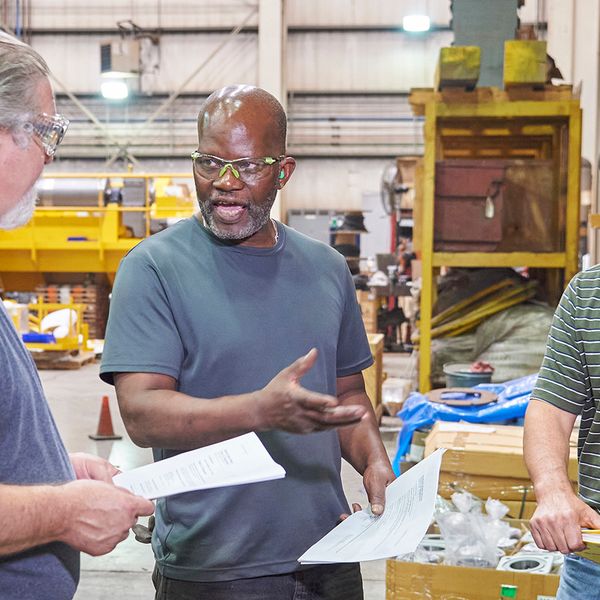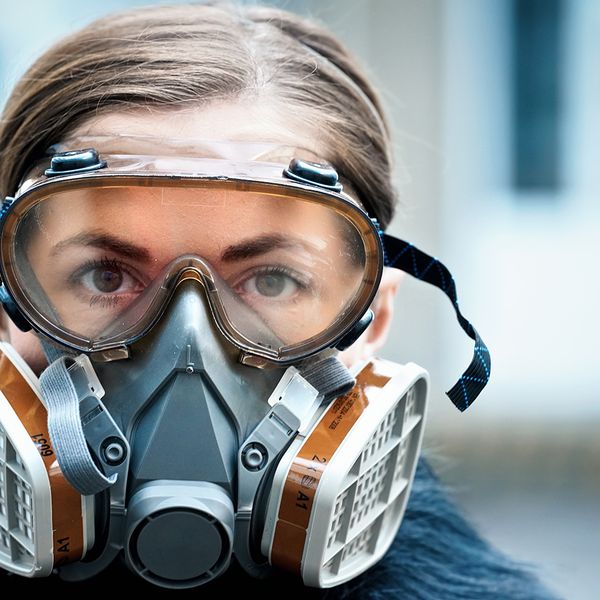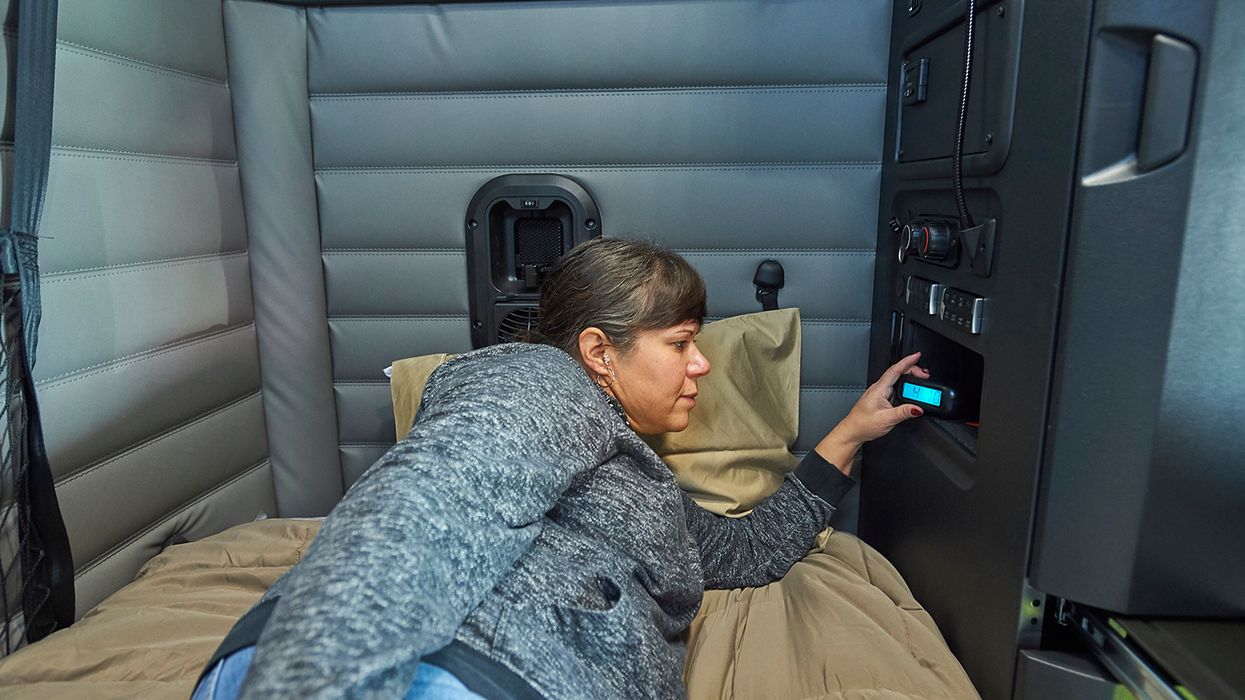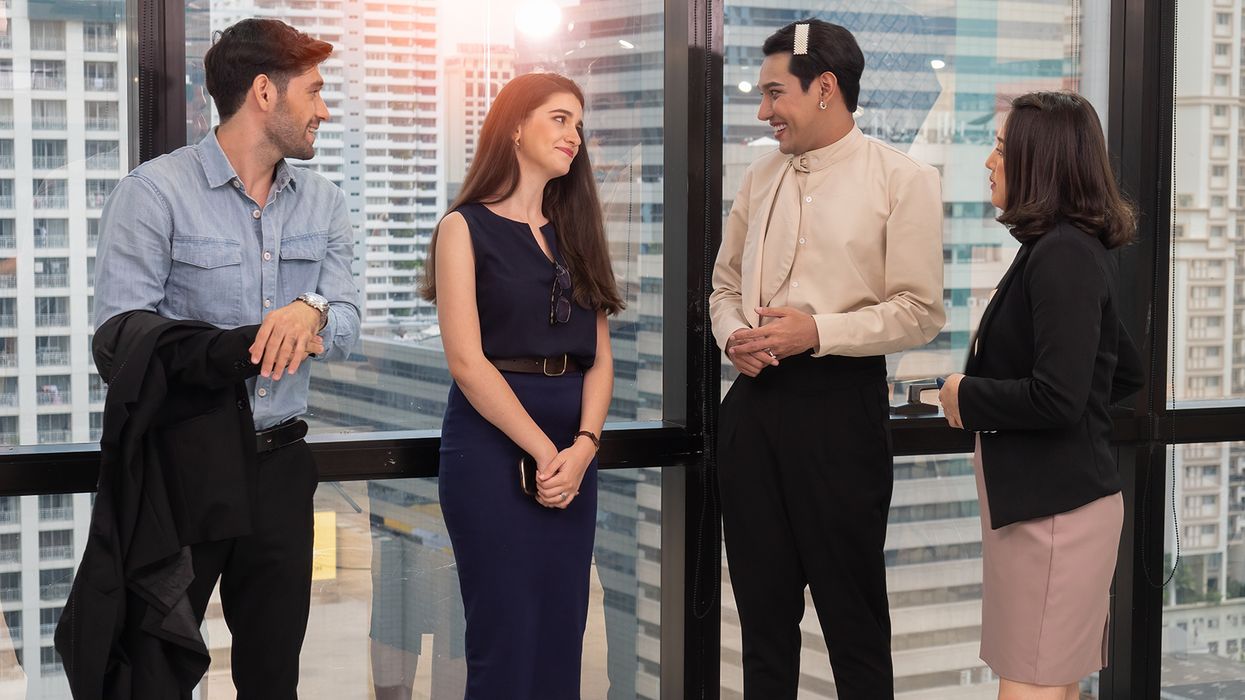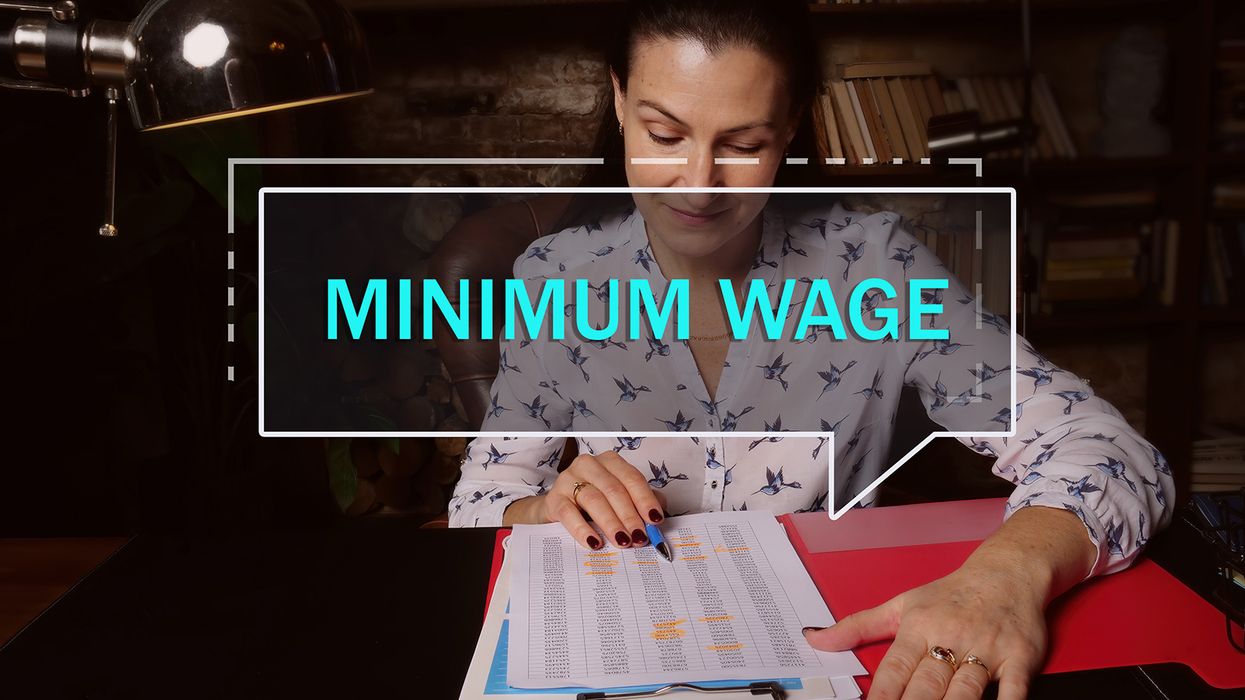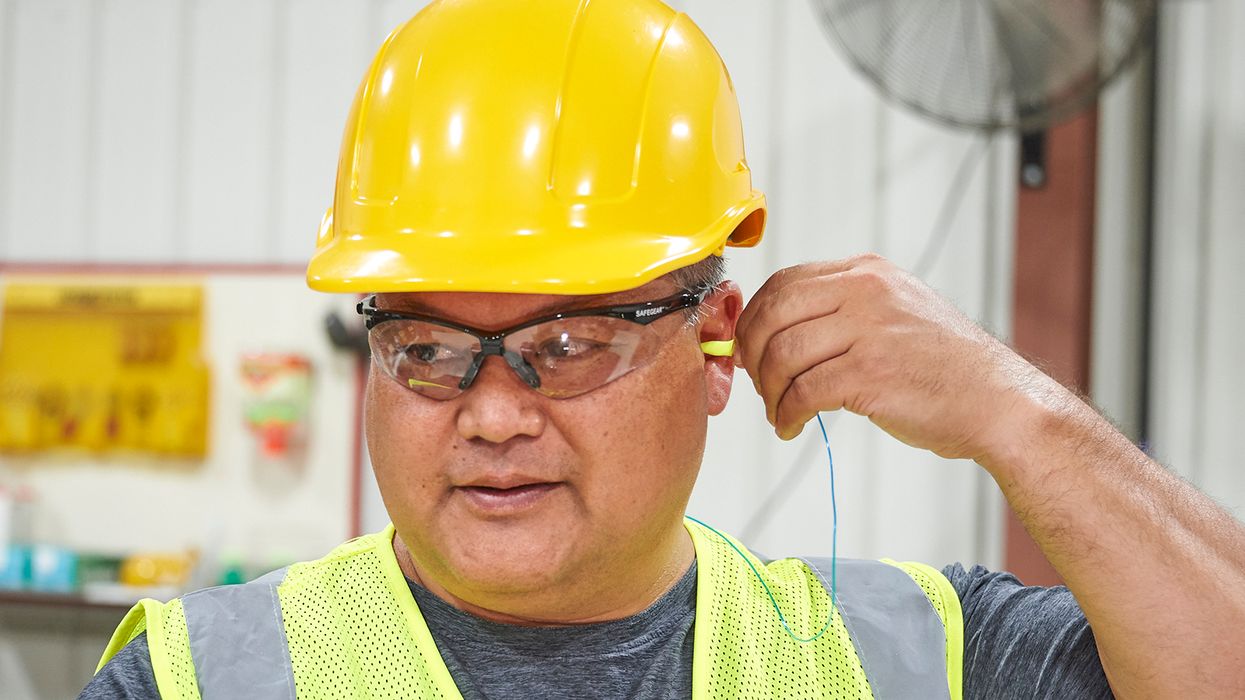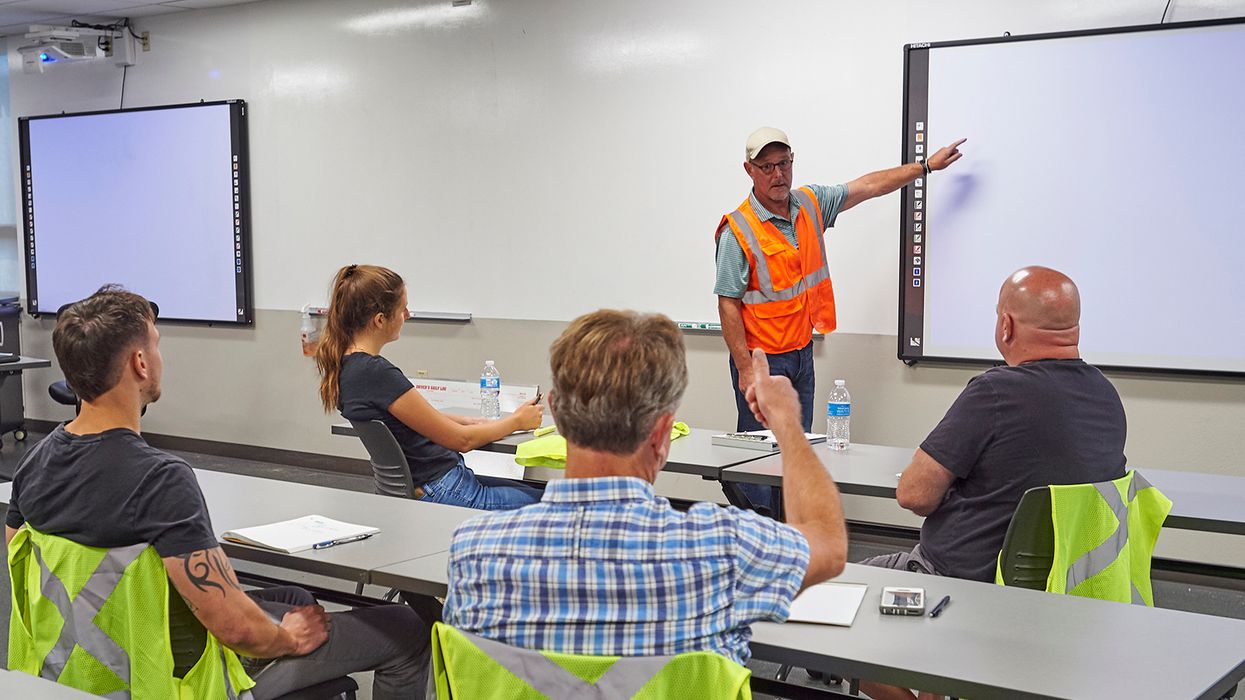OSHA official grilled on three contentious rules
Assistant Secretary of Labor Doug Parker revealed new information about three upcoming, controversial OSHA rules, how the agency ticks, and some of the agency’s recent accomplishments. The news came during his September 27th testimony before the House Subcommittee on Workforce Protections. Parker took 68 minutes of questions about OSHA policies and priorities.
Walkaround Representative rulemaking
Parker made clear that the latest Walkaround Representative proposal that was published on August 30 is focused on worker health and safety. He emphasized that it is not about helping union organizing campaigns. The employee representative must be able to contribute to the inspection, but that person does not have to be an expert in the area, he clarified. An expert is only one example of an employee representative, Parker stated.
A legislator asked Parker if he would extend the comment period for the Walkaround proposal by 60 days. Parker admitted he has not analyzed that question. NEWS UPDATE: In the October 16th Federal Register, OSHA extended the comment deadline by two weeks, moving it to November 13th for Docket number OSHA-2023-0008. The original comment deadline was October 30th. While stakeholders wanted more time, OSHA said a two-week extension is “sufficient and appropriate in order to balance the agency’s need for timely input.”
Another lawmaker challenged Parker by asking what the safety-related advantages are for granting union representatives access to non-union shops during an OSHA inspection. The OSHA head began with a bit of background. He said the Occupational Safety and Health (OSH) Act calls for strong worker participation. However, over the last 52 years, the agency has seen “less and less worker participation,” he explained.
Parker told the House representative that his agency is interested in regulations that follow the law. Currently, the regulations place restrictions on who can be an authorized employee representative. Whereas, these restrictions do not exist in the OSH Act, he said. He added that the agency does not think those restrictions were intended by Congress.
Parker continued by saying that, regardless of who the representative is, if that person has knowledge or expertise (whether it is technical- or experience-related), that person can contribute to an OSHA inspection.
“The employees have a right to designate a representative,” the assistant secretary affirmed when the lawmaker asked if OSHA would allow people in, even if a business did not want them there. Parker tried to assure him that there are existing protections that will remain in place. OSHA may exclude a representative from an inspection if that person is disruptive, would not contribute to the proceeding, or would compromise trade secrets.
Outdoor/Indoor heat rulemaking
A Congress member turned to the heat rulemaking. He asked how much it would cost small business in the U.S. Parker confessed, “We don’t have a number on that because we ... haven’t written a proposal.” Instead, the agency has posed options and open-ended questions to small business representatives that participated in last month’s small business panel. In this way, Parker said the agency hopes to get a “fuller range of feedback from small business about what is practical.” He added that OSHA has never taken this approach before.
The OSHA head argued that his agency is “mindful of the costs and putting measures in place that will be achievable for small business.” He shared that OSHA is learning what small businesses think makes sense and what they are doing now to protect their employees. Note that OSHA seeks comment on this rulemaking by December 23 for Docket number OSHA-2021-0009.
COVID-19 for Healthcare rulemaking
Then the subject pivoted to the COVID-19 for Healthcare final rule. The rule has been under review at the Office of Management and Budget (OMB) since December 7. A legislator demanded to know if OSHA intends to move ahead with the rulemaking. Parker explained that because the rule is under review and his agency is engaged with OMB, he cannot make predictions. “A decision will come from that [interagency] process,” he said.
Parker also said a decision, if any, to withdraw the COVID-19 rulemaking “would be made after it goes through the OMB review process.” He also said he could not offer comments about OMB discussions nor his own opinion about the rule. He said he must respect the rules for working with OMB.
Other news
The OSHA head also offered a laundry list of agency accomplishments, including that:
- Over the last seven months, OSHA reduced the average age of pending whistleblower cases by 36 percent and the program’s total inventory of pending cases by 18 percent.
- In fiscal year 2023, OSHA Consultation conducted almost 20,000 site visits and eliminated hazardous exposures for more than 2.6 million workers.
- Since April 2022, federal OSHA has conducted over 4,300 heat-related inspections and issued a number of heat-related citations and more than 400 heat-hazard alert letters.
Key to remember
OSHA is marching ahead with the Walkaround Representative and Heat rulemakings. Yet, Parker was tight-lipped about whether his agency will withdraw the COVID-19 rule.







